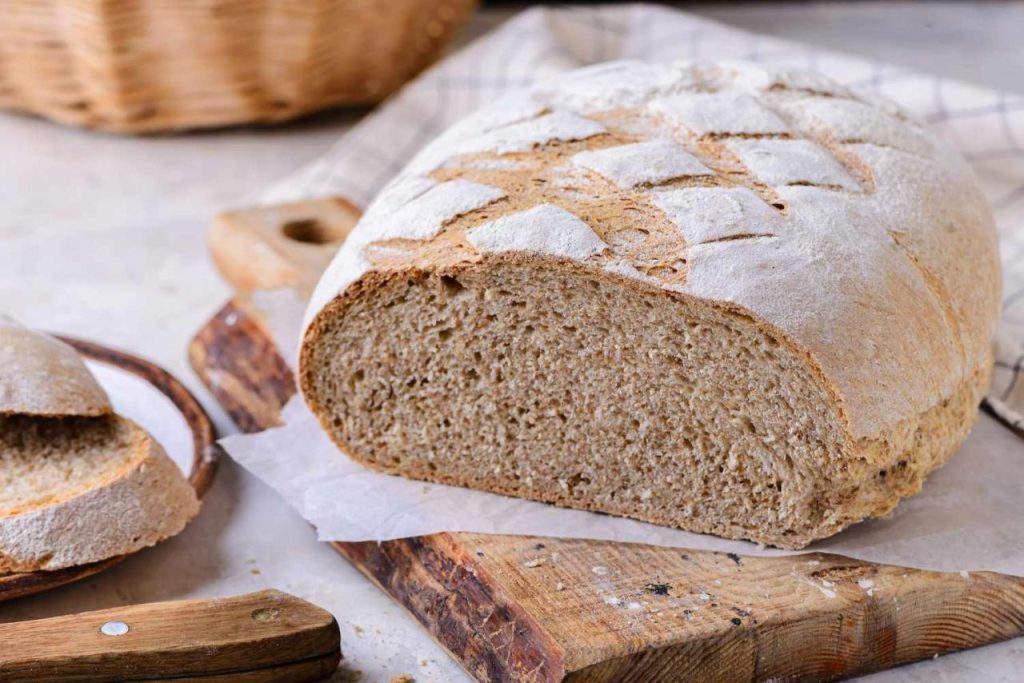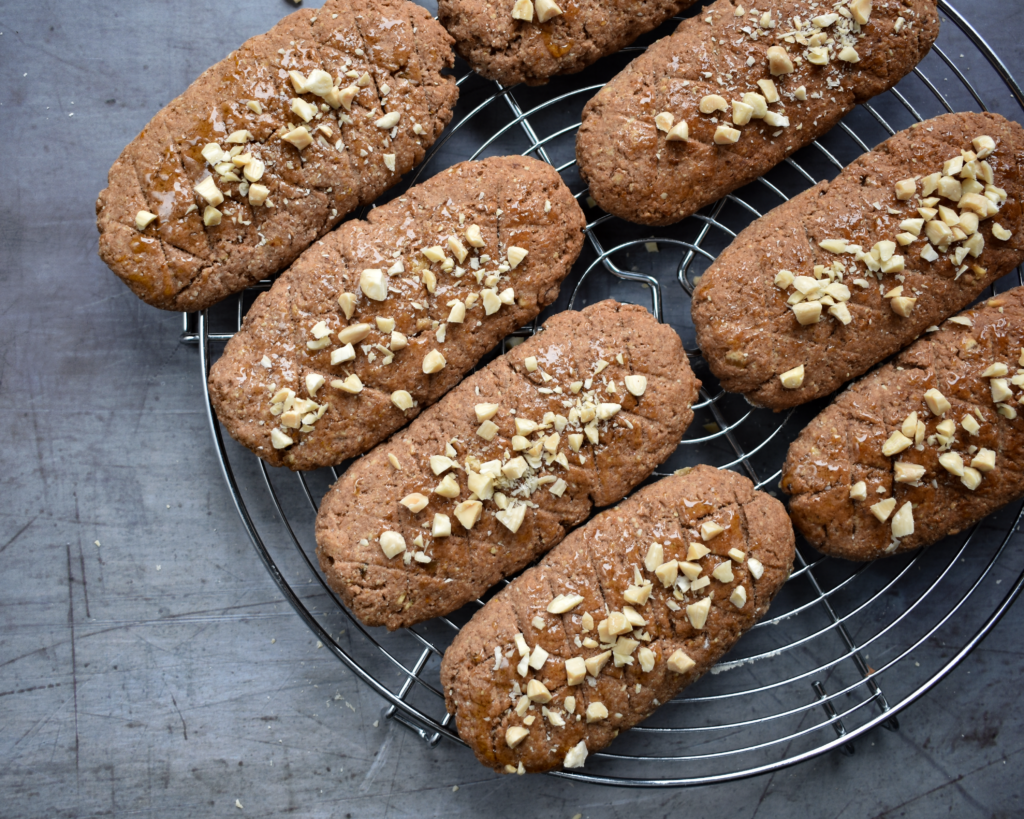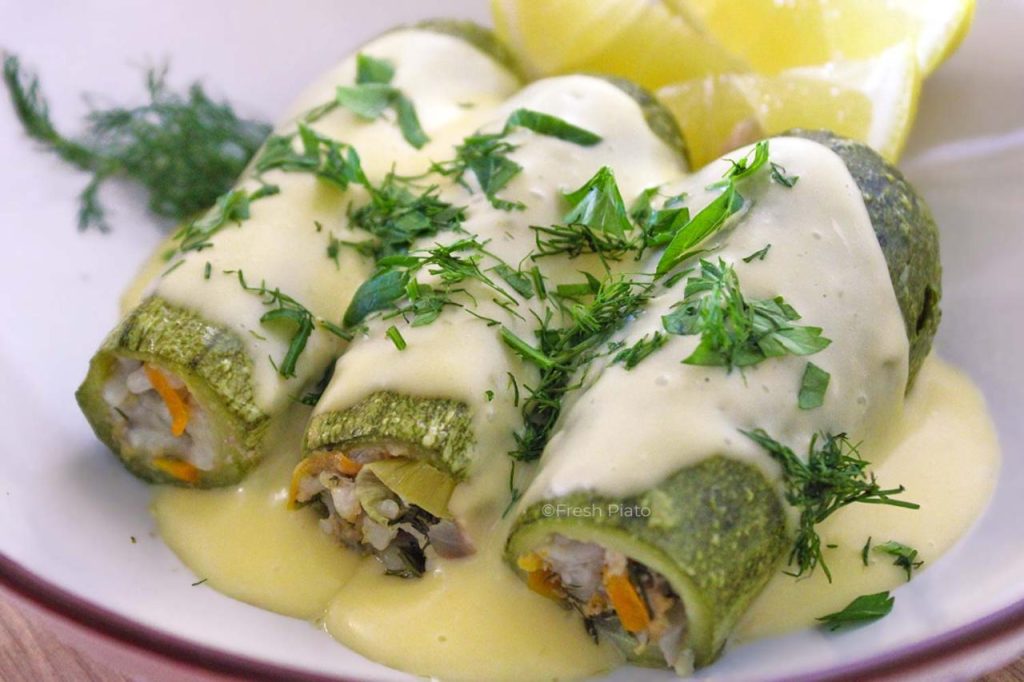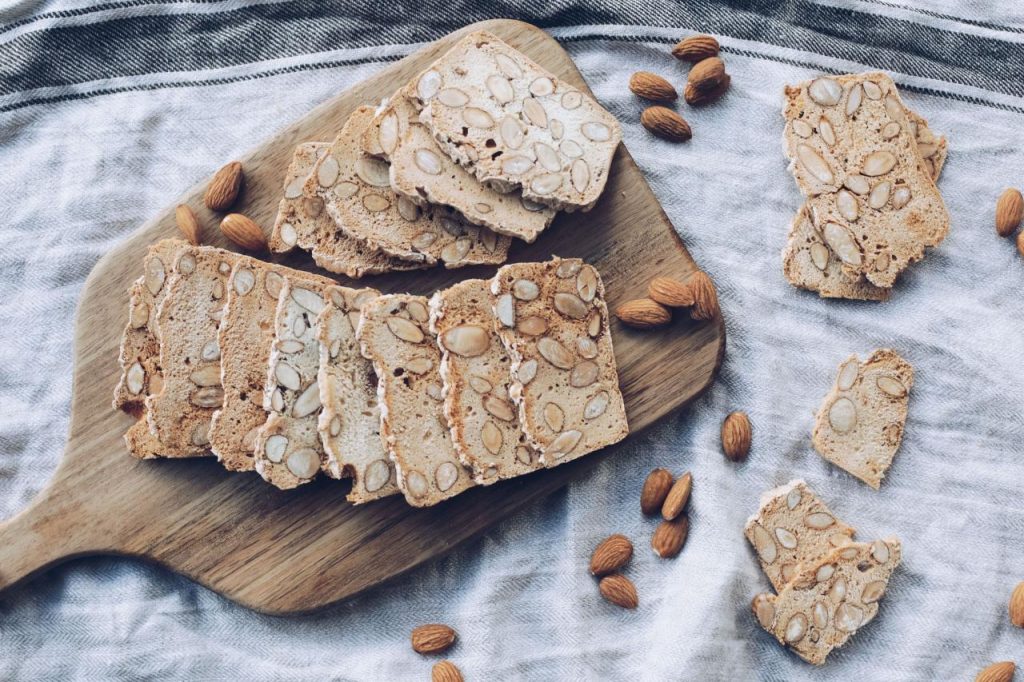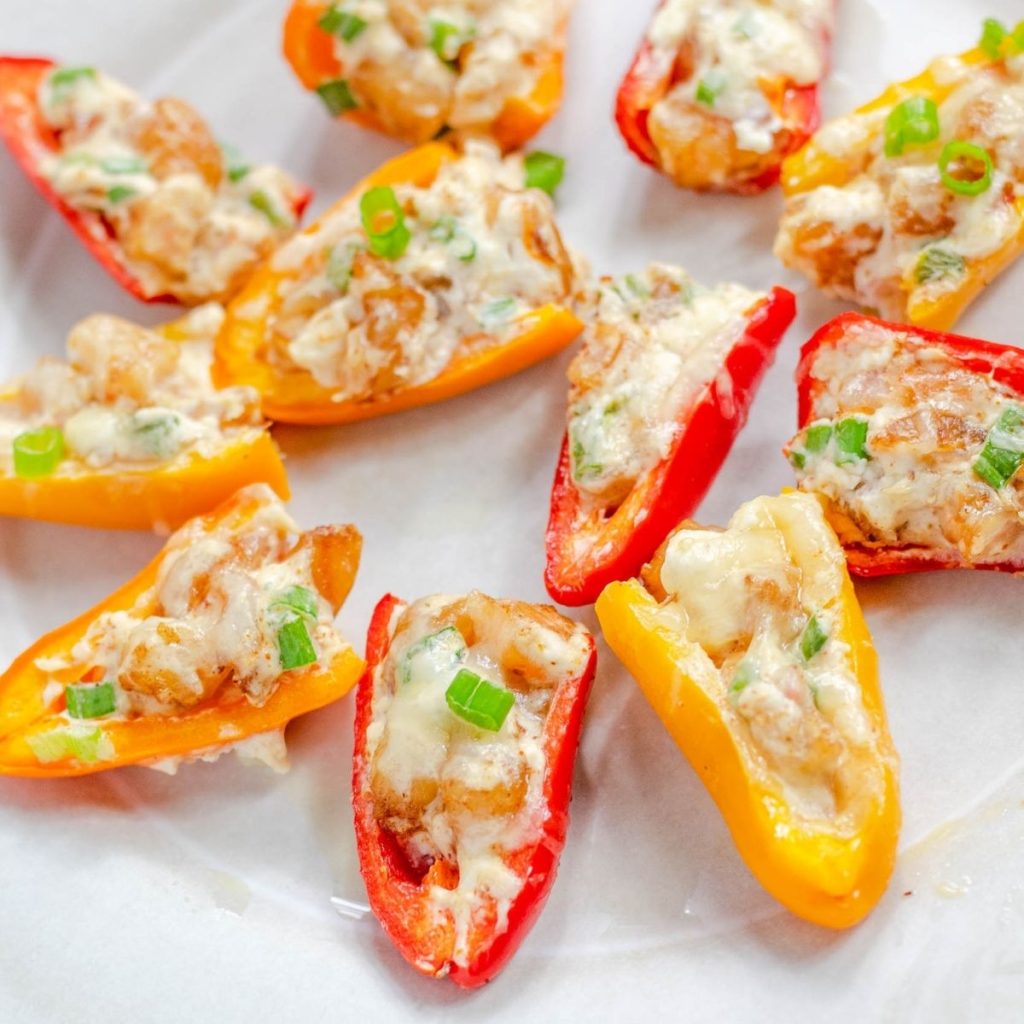The world of cheese is a vast and diverse landscape, filled with an array of flavors, textures, and aromas that can be both exciting and intimidating. The term “Fromage” is French for cheese, and it’s a word that carries with it a sense of tradition, craftsmanship, and culinary artistry. A Fromage – Cheese Board is a curated selection of cheeses, often accompanied by accompaniments like fruits, nuts, and bread, designed to provide a gastronomic journey through the world of cheese. It’s not just about tasting different types of cheese, but also about understanding their origins, their production methods, and the subtle nuances that make each one unique. Whether you’re a seasoned cheese connoisseur or a curious novice, a Fromage – Cheese Board offers a delightful exploration of this beloved food staple.

Fromage - Cheese Board
Equipment
- 1 wooden cutting board
Ingredients
- ¼ to ½ pound of 3 different cheeses: select from Camembert brie, chevre (goat's milk), Roquefort (bleu cheese)
- 1 loaf of crusty French bread or 1 package of crackers
- Wooden cutting board for cheese
- Basket for bread or crackers
- Cheese knife or paring knife
Instructions
- Arrange the cheeses on the wooden cutting board.
- Line the basket with a napkin ( serviette in French), and fill it with crackers or the bread, sliced into thin rounds.
- Diners will use the knife to cut their own individual slices of cheese. Serve at room temperature.
- Serves 12 or more.
- For Christmas, the French have large feasts with many courses, which usually end with a Bûche de Noël, or Yule log. This cake is shaped to look like a log of wood because of the traditional French custom of lighting a real log at Christmas. On the first Sunday of January, the Christian holiday, Epiphany, is celebrated, marking the three kings' visit to the newborn baby Jesus. For this occasion, a special dessert called la galette des rois, is prepared. A small token, either a bean or porcelain toy, is baked inside. Whoever finds the hidden bean or porcelain toy in their piece gets to be king or queen for the day and wear a golden crown. Traditionally, the king (the man who found the bean in his piece of cake) had to pick a queen and present her with a gift. To avoid this obligation, the "king" would sometimes eat the evidence. To solve this problem, in 1874 French bakers began putting collectible porcelain charms in their cakes instead of beans.
Video
Essential Tips for Assembling Your Cheese Board
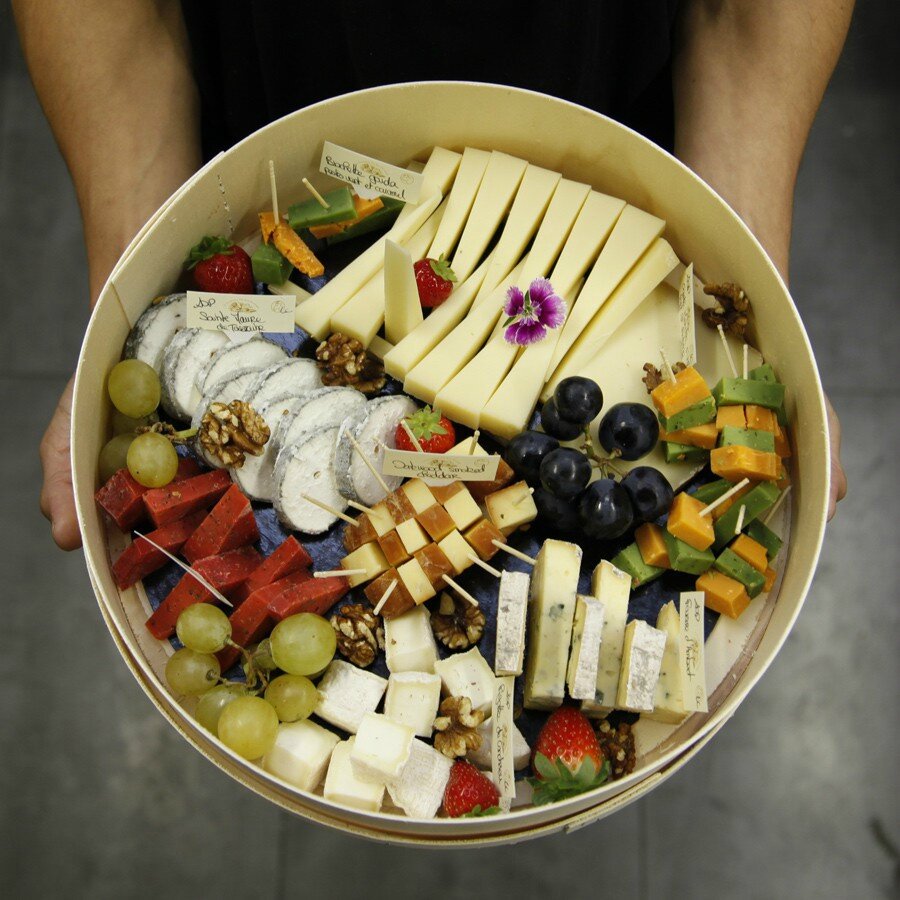
Creating a Fromage Cheese Board is an art that requires a keen eye for detail and a deep appreciation for the world of cheese. Here are some tips to help you craft the perfect cheese board:
- Variety is Key: Aim for a mix of different types of cheese – soft, hard, blue, and aged. This will provide a range of textures and flavors for your guests to enjoy.
- Accompaniments Matter: Pair your cheeses with a variety of accompaniments like fresh fruits, nuts, olives, and a selection of breads or crackers. These not only add color and texture but also complement the flavors of the cheese.
- Cheese Handling: Remember to take your cheese out of the fridge at least an hour before serving. This allows the cheese to come to room temperature, enhancing its flavor and texture.
Serving Your Fromage Cheese Board: A Feast for the Eyes and Palate
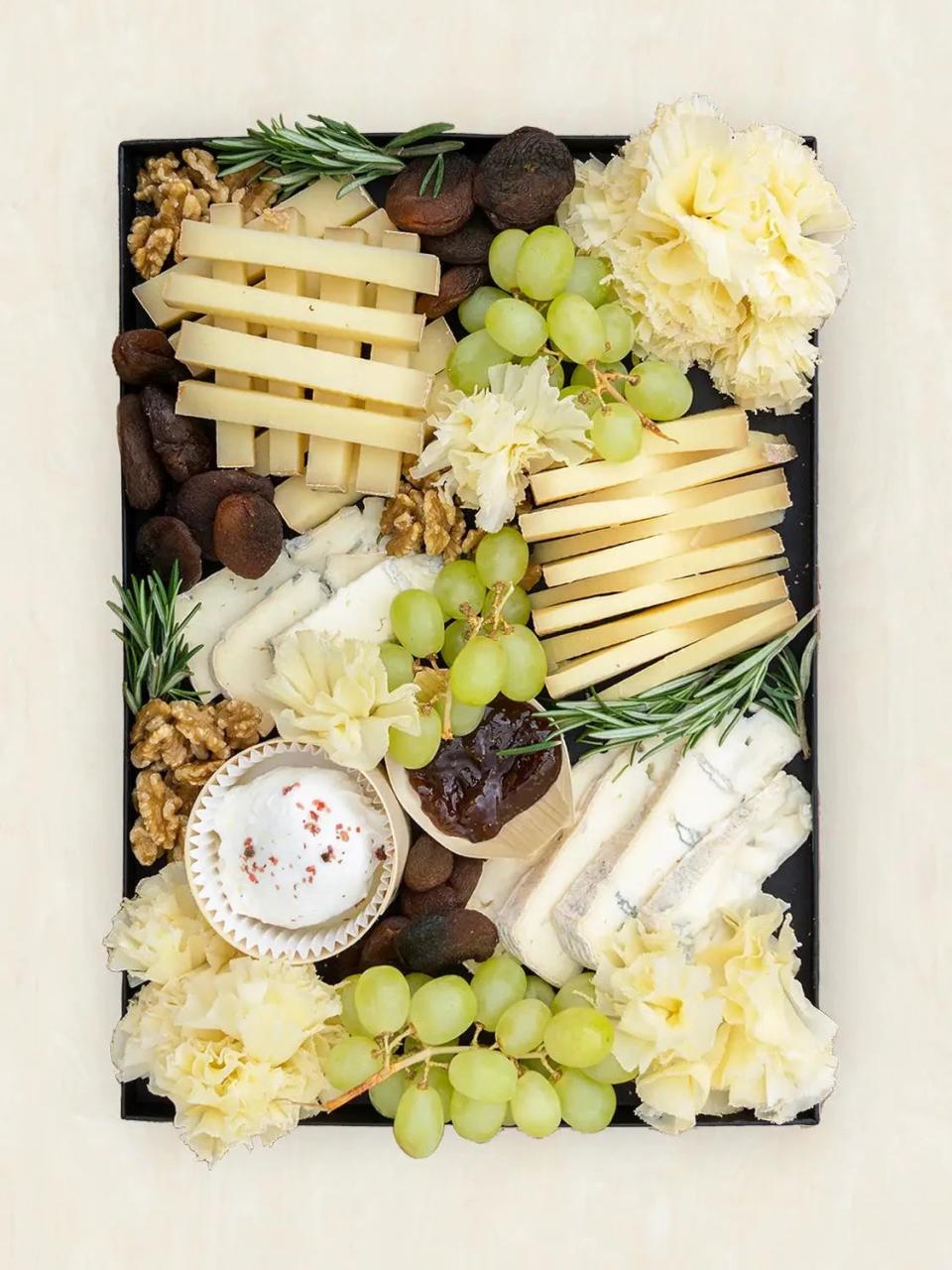
Serving a Fromage Cheese Board is about creating a visual and gastronomic delight. Here’s how to serve your cheese board like a pro:
- Presentation is Everything: Arrange your cheeses and accompaniments on a wooden board or a slate platter. Remember to provide separate knives for each cheese to avoid mixing flavors.
- Pairings: A well-curated cheese board pairs wonderfully with a variety of wines. For example, a crisp white wine pairs well with soft cheeses, while a robust red wine complements aged cheeses.
Frequently Asked Questions
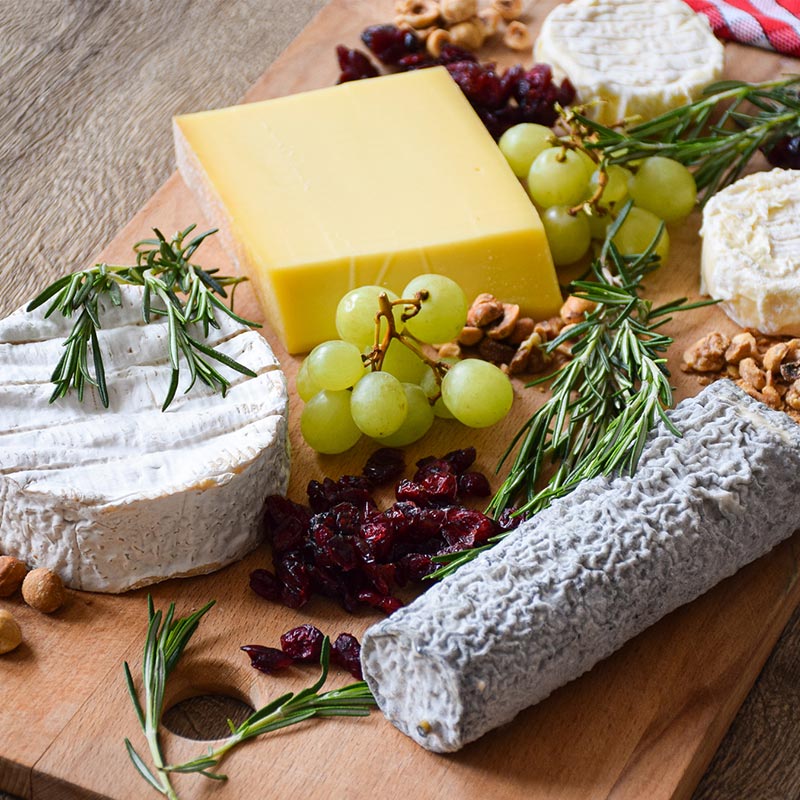
Q1: How much cheese should I serve per person?
As a general rule, plan for about 1 to 2 ounces of each cheese per person if the cheese board is an appetizer, and 3 to 4 ounces if it’s the main course.
Q2: Can I prepare the cheese board in advance?
Yes, you can assemble your cheese board a few hours ahead of time. Just make sure to cover it and keep it in the fridge until about an hour before serving.
Q3: Can this cheese board be made lactose-free or vegan?
Absolutely! There are many delicious lactose-free and vegan cheeses available on the market. Just ensure you’re choosing a variety of textures and flavors to keep your board interesting.
Creating a Fromage Cheese Board is not just about serving cheese; it’s about creating a culinary experience that invites conversation, exploration, and enjoyment. Whether you’re a seasoned cheese connoisseur or a novice, crafting a cheese board offers a delightful opportunity to explore the world of fromage.
So gather your cheeses, prepare your accompaniments, and get ready to create not just a cheese board, but a feast for the senses. Remember, the secret ingredient in any dish is always love. Happy cheese board crafting!

